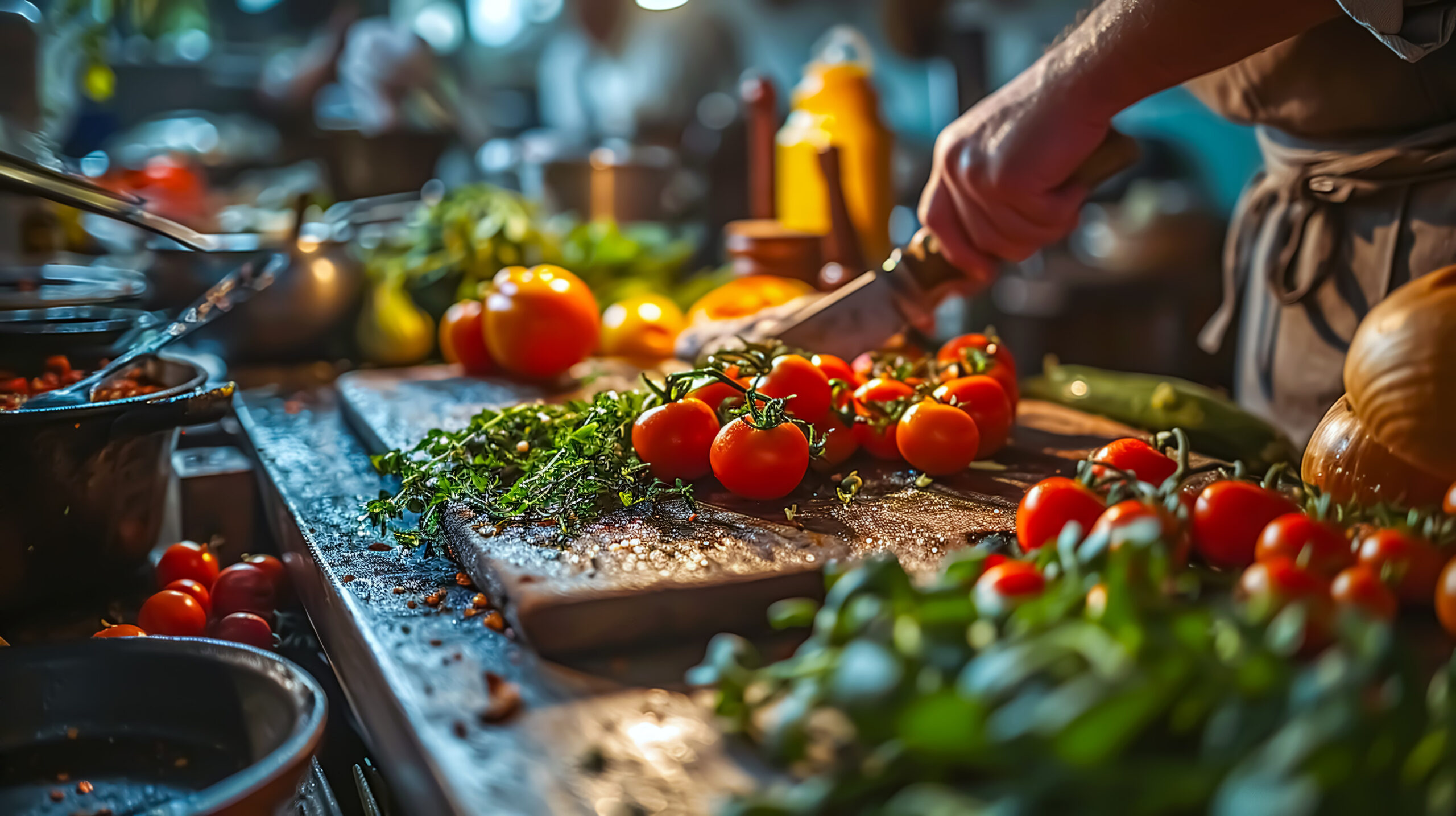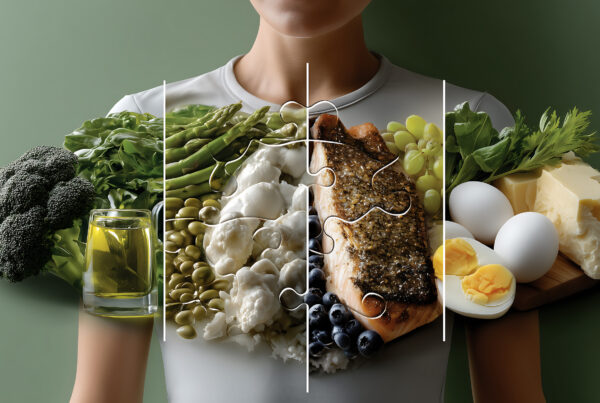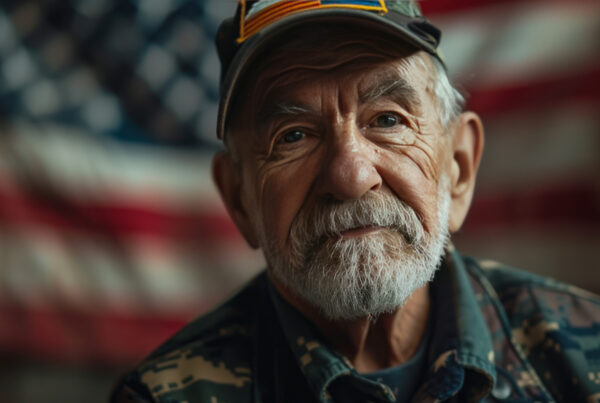”Question: How can the military and Veteran community address growing food security concerns while building healthier relationships with nutrition?
Reading time: 6 Minutes
MWi Hack:
- MWi survey data from 28 states reveals food security as a top military community concern, but robust pre-existing resources—from VA nutrition services to community food programs—combined with peer-to-peer education and seasonal harvest opportunities create actionable pathways for building healthy food relationships that transform isolation into collective strength.
MWi Summary:
- Survey Reveals Nationwide Crisis: MWi data shows food security and nutrition emerged as top concerns in 28 states across the military and Veteran community, affecting families from California installations to New England towns.
- Financial Pressures Create Nutritional Stress: Military families spend an average $336 monthly beyond housing allowance while Basic Allowance for Subsistence hasn’t kept pace with grocery costs, leaving less for quality nutrition.
- Robust Support Systems Already Exist: Pre-existing resources include War Department’s Military Family Readiness System, VA nutrition services, and nonprofit organizations like Operation Homefront offering food pantries and nutrition counseling nationwide.
- Community-Driven Solutions Build Resilience: Peer-to-peer education through social media transforms budget-friendly meal ideas and mindful eating practices into actionable knowledge, breaking isolation by connecting thousands of families facing similar challenges.
- Empowerment Over Scarcity: MWi focuses on teaching healthy food relationships, seasonal harvest opportunities, and meal planning strategies that channel military resilience into sustainable nutrition approaches rather than reinforcing shame or struggle.
As autumn harvest season arrives and families across America prepare for the holiday season ahead, food takes center stage in our homes and conversations. For the military and Veteran community, October presents a critical moment to address nutrition, food security, and the complex relationship service members and their families have with food. MWI’s annual survey data reveals a striking reality: food security and nutrition emerged as top concerns in 28 states across the military and Veteran community, signaling that this challenge touches nearly every corner of our nation.
The good news? Robust support systems and resources already exist throughout the United States to address these challenges—and the solutions start with community, education, and shared knowledge.
Understanding the Challenge
Military families face unique nutritional pressures that civilian communities may not fully recognize. Basic Allowance for Subsistence hasn’t kept pace with rapidly rising food costs, and military families now spend an average of $336 per month beyond their housing allowance. This leaves less money available for quality nutrition and creates genuine anxiety around food choices and meal planning.
October’s timing is particularly significant. Harvest season awareness intersects with fiscal year transitions, government funding uncertainties, and holiday season planning that traditionally centers around food. These factors can trigger food-related stress and unhealthy coping mechanisms already prevalent in high-stress military communities. Deployment-related eating disorders, stress eating, and food insecurity create compounding challenges that deserve compassionate solutions.
The survey findings from 28 states aren’t just statistics—they represent real families making difficult decisions at grocery stores, parents worrying about providing nutritious meals, and Veterans navigating food insecurity after years of service. These concerns span from military installations in California to Veteran communities in North Carolina, from Texas bases to New England towns.
Yet here’s the empowering truth: while service members cannot control grocery prices or eliminate external stressors, they can build healthy food relationships through education, mindful eating practices, and nutrition strategies that support both physical and mental health resilience.
The Power of Pre-Existing Resources
What makes this moment particularly hopeful is the extraordinary network of support already in place across America. The Defense Department’s Military Family Readiness System connects families to food assistance programs. VA nutrition and food services provide comprehensive support for Veterans. Countless nonprofit organizations like Operation Homefront, Armed Services YMCA, and local military family support centers offer food pantries, nutrition counseling, and cooking classes specifically designed for service members and their families.
As harvest season brings abundance to many communities, it also highlights opportunities for connection. Farmers markets offer fresh produce at accessible prices. Community-supported agriculture programs often provide military family discounts. Fall gardening extends growing seasons even in cooler climates, and preservation techniques like canning and freezing can stretch budgets through winter months.
Building Solutions Through Community
MWI plays a transformative role by educating members on building healthy food relationships that extend beyond calorie counting. This means teaching mindful eating practices that help service members recognize hunger cues, appreciate food without guilt, and understand nutrition as fuel for both body and mind—not a source of stress or shame.
One of the most powerful aspects of addressing nutrition through community education is that it brings military families together around solutions rather than leaving them isolated in their struggles. The survey results from 28 states reveal that if you’re a military family member worried about food security, you’re far from alone. Thousands of families share these concerns, and that collective experience can become a source of strength.
Social media and digital platforms amplify this connection. When one military spouse shares a budget-friendly meal idea, thousands benefit. When a Veteran posts about successfully managing food-related stress through mindful eating techniques, they give others permission to try the same approach. This peer-to-peer education transforms complicated information into actionable knowledge through shared military communication frameworks.
The focus should be on empowerment rather than scarcity. Military families demonstrate remarkable resilience, and that same strength can be channeled into sustainable, healthy approaches to food. Sharing recipes that maximize nutrition on limited budgets, teaching meal planning strategies that reduce waste and anxiety, and creating peer support networks—these community-driven solutions build resilience from within.
Looking Forward
While current economic pressures amplify pre-existing military nutrition challenges, this moment also represents an opportunity. The military and Veteran community has always been characterized by adaptability, mutual support, and mission focus. The resources exist. The community commitment is strong. What’s needed now is continued education, reduced stigma around seeking food assistance, and celebration of the many ways military families are already supporting one another.
This autumn season, let’s recognize that building a healthy relationship with food in the military community isn’t about perfection—it’s about progress, support, and understanding that no service member or Veteran family should face nutrition challenges alone. Together, through shared knowledge and community strength, we can ensure that those who’ve served our nation have access to the nutritious food and supportive resources they’ve earned and deserve.
Through our responsive content and dedicated support, MWi continues to serve the modern military and Veteran community by providing relevant, practical strategies for enhancing connection and wellness.






